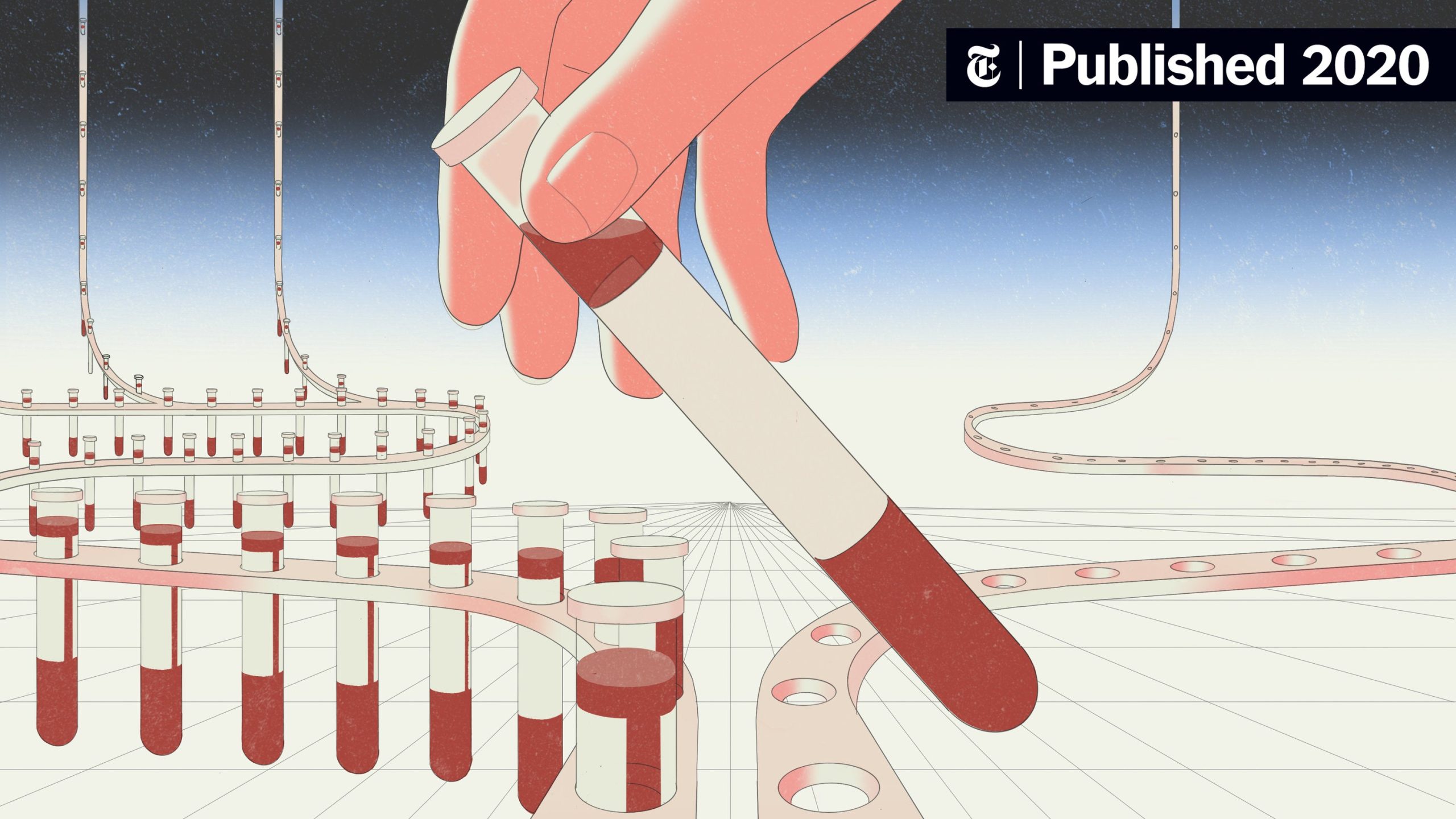Benefits of Cord Blood Banking
Welcome to our comprehensive guide on the benefits of cord blood banking. In this article, we will explore the advantages of storing cord blood for future use and how it can potentially revolutionize medical treatments. Cord blood banking offers a unique opportunity to preserve a valuable resource that can be used to treat a variety of diseases and conditions.
What is Cord Blood Banking?
Cord blood banking involves the collection and storage of the blood found in the umbilical cord and placenta after a baby is born. This blood is rich in stem cells, which have the remarkable ability to develop into different types of cells in the body. By storing cord blood, these valuable stem cells can be preserved for potential use in future medical treatments.
The Advantages of Cord Blood Banking
There are several key advantages to cord blood banking:
Potential Treatment for Diseases
Cord blood contains hematopoietic stem cells, which can be used to treat various diseases and disorders, including certain types of cancers, blood disorders, and immune system disorders. These stem cells can be transplanted into patients to replace damaged or diseased cells, offering a potential cure or significant improvement in their condition.
Compatibility
Unlike bone marrow transplants, cord blood stem cells are less likely to be rejected by the recipient’s body. This is because cord blood stem cells are more adaptable and have a lower risk of graft-versus-host disease, a common complication in traditional transplants. Additionally, cord blood can be a suitable match for siblings and other family members, increasing the chances of finding a compatible donor.
Easy Collection Process
Collecting cord blood is a simple, painless, and non-invasive procedure that poses no risk to the mother or the baby. After the baby is born, the umbilical cord is clamped and cut, and the remaining blood is collected using a special kit. This process takes only a few minutes and can be done in any hospital or birthing center.
Future Medical Advancements
Medical research and advancements in stem cell therapies are constantly evolving. By banking cord blood, you are ensuring that you have a valuable resource that may become even more significant in the future. As scientists continue to explore the potential of stem cells, your stored cord blood could open up new treatment possibilities.

Cord blood banking offers numerous benefits, from potential life-saving treatments to increased compatibility and ease of collection. By banking your baby’s cord blood, you are investing in their future health and well-being. As medical science progresses, the value of cord blood may continue to grow, making it an invaluable resource for your family. Consider cord blood banking as a proactive step towards securing a healthier future.
Frequently Asked Questions about the Benefits of Cord Blood Banking
1. What is cord blood banking?
Cord blood banking is the process of collecting and storing the blood from a newborn baby’s umbilical cord for future medical use.
2. What are the benefits of cord blood banking?
The benefits of cord blood banking include:
It can be used to treat various diseases and conditions, such as leukemia, lymphoma, and certain genetic disorders.
It provides a source of stem cells that can be used for transplantation.
It is readily available and can be collected without any harm to the baby or the mother.
It offers a higher chance of a suitable match for family members compared to other sources of stem cells.
3. How is cord blood collected?
Cord blood is collected immediately after the baby’s birth. The umbilical cord is clamped and cut, and then the blood is drawn into a collection bag.
4. Is cord blood banking safe?
Yes, cord blood banking is considered safe. The collection process is non-invasive and does not pose any risks to the baby or the mother.
5. Can cord blood be used for the baby’s treatments?
Yes, cord blood can be used for the baby’s treatments if they develop certain diseases or conditions in the future.
6. How long can cord blood be stored?
Cord blood can be stored for many years, typically up to 20-25 years or even longer, depending on the storage facility.
7. What happens if I decide not to bank my baby’s cord blood?
If you choose not to bank your baby’s cord blood, it will be discarded as medical waste.
8. Is cord blood banking covered by insurance?
Some insurance plans may cover the cost of cord blood banking, but it is recommended to check with your insurance provider for specific details.
9. Can cord blood banking be done for multiple births?
Yes, cord blood banking can be done for each baby born in multiple births, as long as the cord blood is collected individually.
10. How much does cord blood banking cost?
The cost of cord blood banking varies depending on the bank and the type of storage option chosen. It typically involves an initial fee for collection and processing, followed by an annual storage fee.




